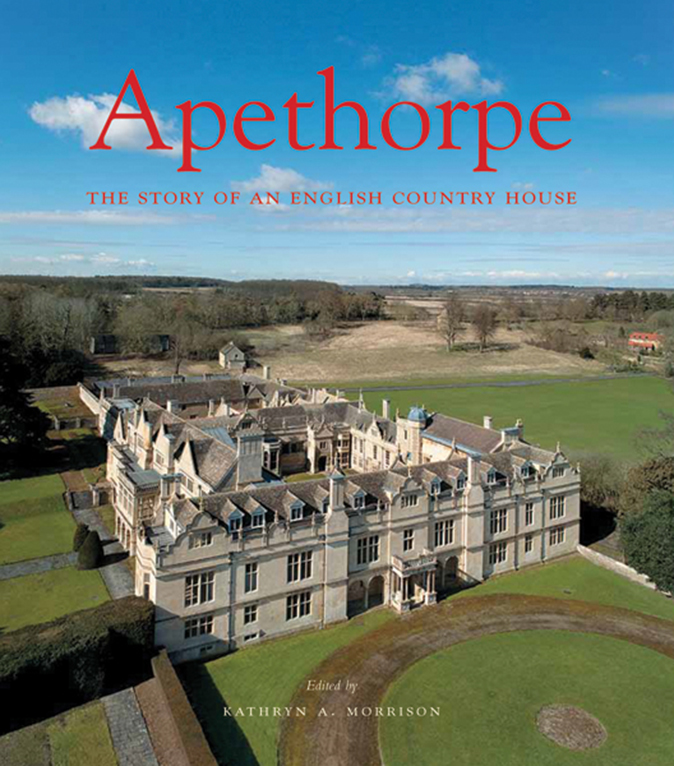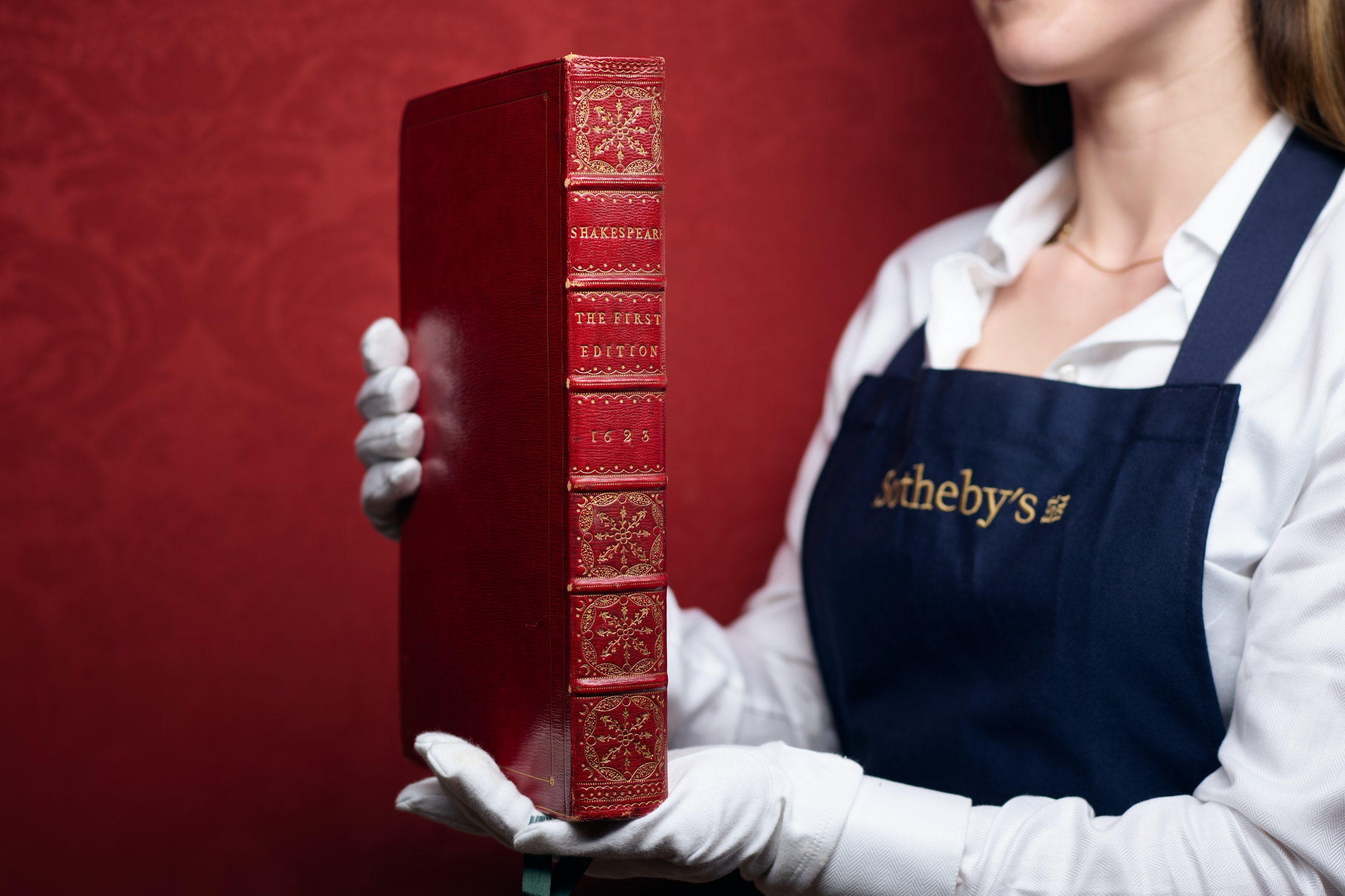Book of the week: Apethorpe: the story of an English country house
Our country houses are so much richer than we imagine. John Goodall is impressed by this exemplary new study.


Apethorpe: the story of an English country house Edited by Kathryn Morrison (Yale University Press, £60)
The dramatic rescue of apethorpe from two decades of neglect by the actions of east Northamptonshire Council and the former quango english Heritage has recently given this outstanding country house a degree of popular familiarity. Prior to these events, however, it was not well known.
The earliest parts of the present house date to the late 15th century, but the building was massively expanded to accommodate the repeated visits of James I for hunting. On one of these, in 1614, he first met his favourite George Villiers, later Duke of Buckingham.
Apethorpe escaped the full force of an intended remodelling of the 18th century and was modernised and adapted in the 19th century. Following its requisition in the Second World War, it became a school, in 1949, and was sold to a private owner in 1982. The subsequent neglect of the property lead to its purchase by English Heritage in 2004 and a massive restoration project.
This impressively proportioned and beautifully illustrated book is a direct product of this important English Heritage initiative. It’s edited and collectively written by five of those most intimately involved in the project to conserve and repair Apethorpe. Within its pages is presented the summation of its associated research, surveys, illustration and analysis.
The book is structured as a single sweeping narrative that carries the story of the house and its occupants from the 15th century to the present day. It’s profusely illustrated throughout with about 500 photographs, drawings, paintings and plans. At the end of the book are transcripts of documents relating to the history of the house, including a sequence of inventories.
It’s a very happy departure from so many ambitious monographs published recently that the various authors have chosen to integrate their contributions into a single narrative. This means that the work is properly coherent and readable.
Sign up for the Country Life Newsletter
Exquisite houses, the beauty of Nature, and how to get the most from your life, straight to your inbox.
Viewed as a whole, this is perhaps the most complete analysis of a country house published in the past 25 years. It is also a reminder of what happens if you investigate any such building in detail. At the first touch of systematic study, the received history fragments to reveal a monument of far greater complexity and interest than anyone had previously imagined.
The publication of the book comes at a happy time, as, in November 2014, Apethorpe was purchased by Jean Christophe Iseux, Baron von Pfetten. He and his wife intend to use the house as a family home as well as a place for entertainment and cultural events. The house now not only has a magnificent past, but a future, too.

John spent his childhood in Kenya, Germany, India and Yorkshire before joining Country Life in 2007, via the University of Durham. Known for his irrepressible love of castles and the Frozen soundtrack, and a laugh that lights up the lives of those around him, John also moonlights as a walking encyclopedia and is the author of several books.
-
 Folio, Folio, wherefore art thou Folio? Shakespeare set to be auctioned by Sotheby's
Folio, Folio, wherefore art thou Folio? Shakespeare set to be auctioned by Sotheby'sFour Folios will be auctioned in London on May 23, with an estimate of £3.5–£4.5 million for 'the most significant publication in the history of English literature'.
By Lotte Brundle
-
 Damon Hill's former home in Marbella is the perfect place to slow down
Damon Hill's former home in Marbella is the perfect place to slow downThe glorious Andalusian-style villa is found within the Lomas de Marbella Club and just a short walk from the beach.
By James Fisher